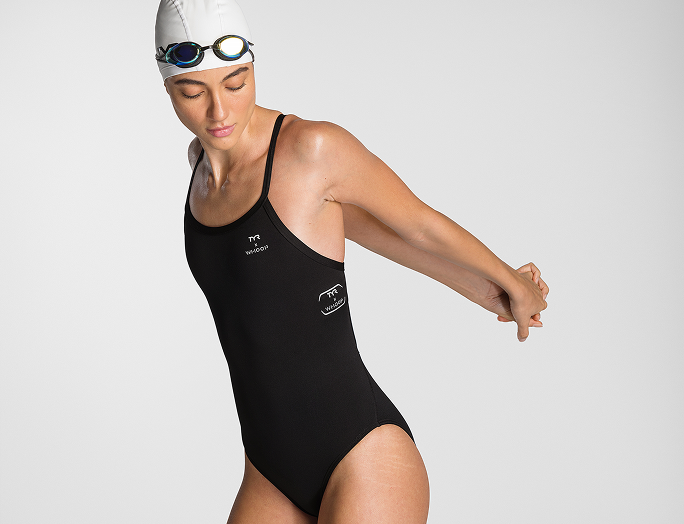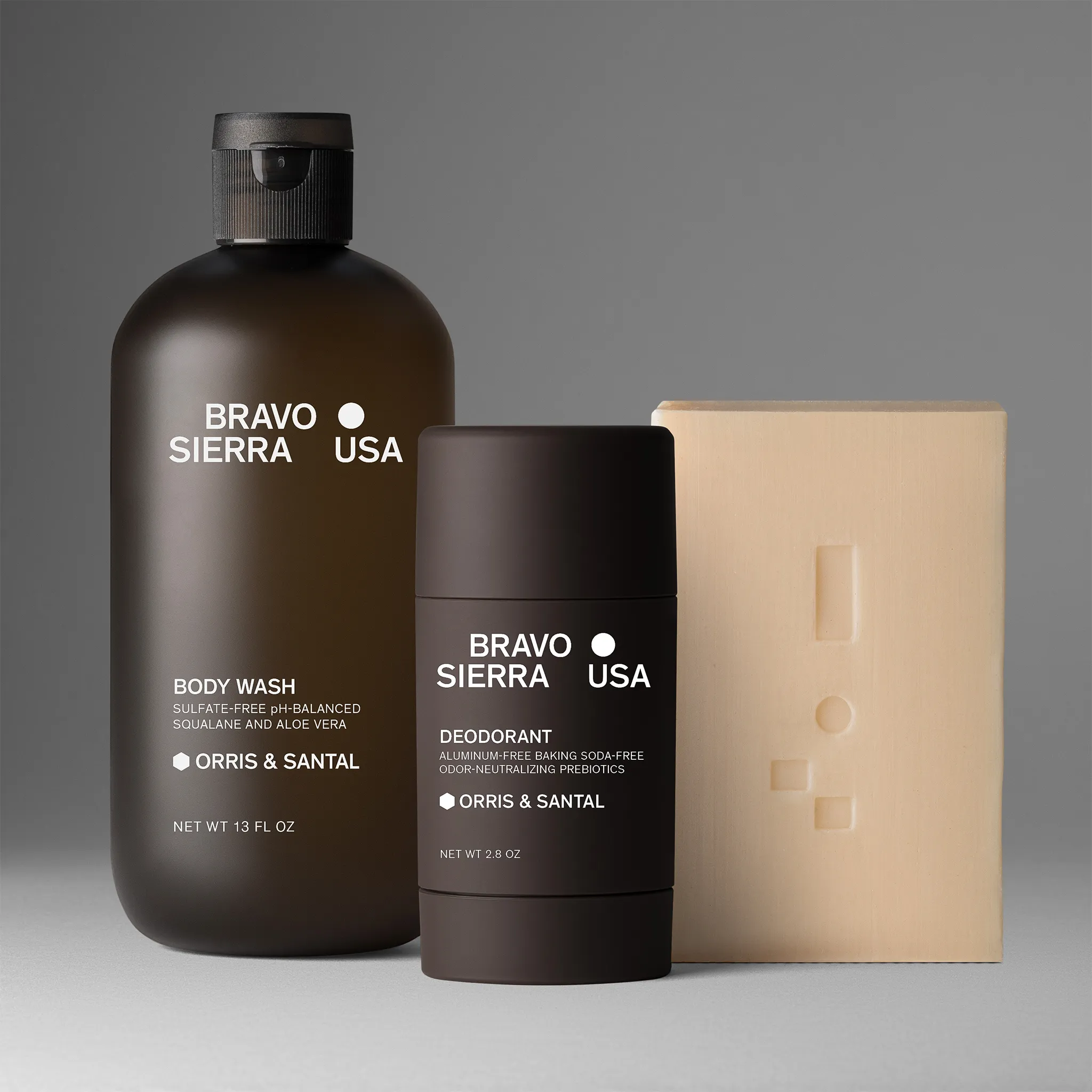If you need to take good product photos for a website for the first time or are in the process of switching a studio for an established brand – this read is full of practicalities.
Imagine you are hungry bordering on hangry. You come into the restaurant and ask a waiter: Garcon, I am hungry, fix this issue. After such a vague order you may end up with a steak you don’t eat and a bottle of Châteauneuf-du-Pape you can’t afford.
Or you may say: Garson, may I please have the grilled fish salad, sauce on the side, and a glass of your house white.
Similarly, with consistent product images for your website, you’d better know exactly what you need in order not to go just as hungry and broke be disappointed with the result. Let us show you where to look.
Why consistent product photos for website is essential

Make your brand recognizable
At the awareness stage, when a client gets to know a brand, having consistent imagery helps build a wholesome concept in a customer’s perception.
Facilitate easy navigation
When users navigate your ecommerce stores, consistent images help them surf through the pages with less friction. Say, category pages may be bright or include models, while product pages may have similar backgrounds, angles, ratios.
Reduce distraction
The last thing you want is for your images to create a visual mess of a store.
Imagine, you have a row of shoes, some of them are shot at an angle, some from above; some have a pink background, some white; some take up 50% of an image, some 85%.
A perfectionist will leave the site out of the uncomfortable feeling of looking at the chaos, but in fact, all those inconsistencies distract your potential buyer from becoming one. They literally stand in the way of conversion.
Respect google algorithms
Google knows a lot of things about what a user wants, so they have some rules for ecommerce. Or SEO best practices. Unless you'd like to stand in the way of organic traffic, you may disregard these recommendations.
Otherwise, stay consistent in naming your images, choosing file types, size, dimensions – to name just a few aspects to keep an eye on.
Three scenarios when clients need consistent website imagery + hybrid scenario
There are three cases, when people may start wondering about the uniformity of the visuals in their online store and marketplaces:
- The change of a photo service provider:
You have some pictures on your site and you need to replicate the same style with an alternative studio or freelancer.
- The need to define your product photography style from scratch:
You are starting an ecommerce business and you need to know what aspects to pay attention to in order to provide consistent visuals across your online store and marketplaces.
- The hybrid case – new style for an old site:
You have an existing store, but need to revisit your image style guide, as the old one is exactly that – outdated. The compromise here will be to remake old images according to newly developed requirements. Below we reveal what to do in each of the cases. But first, let’s introduce you to a style guide.
Style guide: a must-have before shooting product photos for website
Creating a detailed style guide is your main pre-requirement for ensuring consistency when it comes to a visual representation of products in an online store.

These are the vital parameters to define, document, file, and communicate to all team members concerned, inclusive of your product photo service providers: current and new ones.
Size product image size for website
Even though it may seem like a minor task, picking the right size for your website photography is a mission in itself. Many marketplaces need smaller-sized images so they load quickly and don't consume the anyway huge server space.
Other factors that may impact your requirements for the image size are a hosting package, the number of items on the page, hover effects you choose [for example a magnifying effect may demand a bigger resolution], and even the choice of theme sometimes.
Most of the drag and drop ecommerce website builders, like Wix and Shopify, will specify the recommended size and will resize the image themselves so that the mobile version gets a smaller version, etc.
As the default setting, we recommend our clients to use 1600px images, give our take 400px. This size is maintains a great balance between keep your website lightweight and having great enough quality to showcase your product.
Background type
Marketplaces like Amazon will ensure consistency across their sites by instilling a rule to only provide pics shot against a white background. This way a buyer doesn't fall for gimmicks like a neon background but focuses on the product itself.
White and black are probably the most widely chosen colors for product photography backgrounds for the same very reason. Light grey hues such as 5F5F5 is a classy choice too when white seems too bright.

The main thing is to make a decision and stick to it.
Does it mean that you have no right to experiment? Not quite. You may use a different style for a category page or a hover effect. However, the same background should be used for all of the products lined up on the website page with rows of items displayed.

Shadow / no shadow
Choosing between shadow or no shadow photography is a personal preference with minimal impact. The best advice on how to find out what you like is to check out a few of the works of similar products in both versions: with and without shadows.

We wrote an extensive article about the use of shadow in photo editing, so if you think you could do with a better understanding of the subject, it takes about 4 minutes: Shadows in product photography: practical vs. edited
Styling type
If you need clothing product photography, you may want to use some tissue to give shape and real-life feel to a pair of jeans.
If you sell shirts, you might want to mention symmetry.
You get the gist. Styling is as expansive as human imagination, so if you find an unusually looking reference, share it with your photographer, so they can try to replicate exactly the styling used in it.
Creases vs. no creases
Decide before the shoot whether you want creases or not. It's important to maintain a similar presence of creases across all of your clothing products. This aspect can be heavily adjusted in retouching, so take some time beforehand to figure out your preference.
.jpeg)
Form and symmetry
The majority of buyers find symmetry appealing, so the majority of sellers provide symmetrical images.
However, if you are going full creative mode or would like to find another point of differentiation, introducing asymmetrical images could be your thing. The most important thing is to settle on something and maintain that approach for specific groups of images or throughout the entirety of your website.
Flat lay vs mannequin vs hanging vs on model
These are fundamental shooting positioning styles, that we explain in these articles, so check them out before you decide which is best for your products:


.jpeg)
To read more on the key difference between ghost mannequin and flat lay, as well as the best applicability of these formats, read our article Ghost Mannequin vs Flat Lay Photography: Vital Choice of Ecommerce & Insider tips.
Lighting
Lighting is the most difficult to replicate yet it gives the most consistent feel to a series of images.
Keeping consistent lighting from year to year, from a vendor to vendor, from collection to collection – is hard but doable.
At Squareshot, to maintain consistency for shoots we use standardized photo equipment and fixed lighting setups in all four of our photo studios in New York, LA, Chicago, Austin. In case of drastic setup changes, all differentiators are recorded and can be applied to shoots months apart.
Make sure to record your lighting setups or request it from your studio/freelancer, in case you ever choose to find a different production team. It's possible to replicate lighting using reference images, but it could always have minor deviations.
Margins for every product type: jackets, t-shirts, shoes, accessories
The amount of negative space around your product also plays an important role in your consistency.
If you are not sure if you like your t-shirt to take 80% or 85% of the screen, ask your vendor to provide both options and even place them in rows, like in an online store.

NB: It’s not the parameter you can choose for all of your products: shoes and dresses alike. No. This one will need to be specified for each product category individually.
We bet accessories and jackets will get different margins.
Angles
Another ample topic, angles, and product positioning define your style and totally belong to a product photography style guide. Front, back, from atop, from below, at a ¾ angle, etc.

Shoes are the most whimsy ones with Nike setting high standards with lots of closeups, angles, 360-degree images.
Closeups are vital as they help bridge the gap between online and offline sale experience. People cannot touch and feel the item, yet they can see it in the detail, which is almost tangible. Even more so, they are an expectation in the premium segment. So if you are trading in the $200+ price range, ensure you have a lot of fine details in your shot order form.
Use of ghost image for shooting and editing
Another tool in the arsenal of a professional photographer and photo editor is a ghost image.
A ghost image is an image you use to serve as the guiding beacon for your shoot. It can be applied as a semi-transparent layer in Capture One, for example. So that when a new image appears on the screen, you can still see the sample ghost image and adjust all settings accordingly.
Freelance vs studio: which one is a safer bet when it comes to consistent images?
Experienced freelancers can easily be providers of consistent imagery, however, studios have an advantage of a permanent space where they can shoot product photos without a change in setups.
At Squareshot, we minimize the mere possibility of a consistency offset by having the same 4 setups in all 4 of our photo studios in the US untouched. This way we minimize the chance of changed lighting, the distance between the camera, etc. Also, together with clients we create basic (or advanced in certain cases) style guide to bring their imagery to a common denominator.
Taking product photos for website with consistency in mind: first steps
This is just a quick recap of the things to be done on the way to consistent imagery across your website:
- Define and compile a style guide. Keep a separate set of requirements for different product categories.
- Share it with your team and suppliers, keep it updated and stored for all to access the most updated version any time.
- Use a ghost image if needed. Ensure the editor keeps mask layers.
- Choose your photo supplier thoroughly, as keeping the same photo service provider helps the mission of keeping the image alike.
This is no rocket science, but rather a pure tedious technical job. Got questions? Reach out to our team – we'd love to have a chance to help your brand create a unique style worth consistency.
Product A
SQUARE SHOT






























